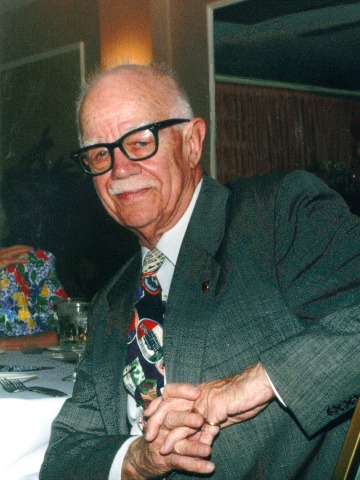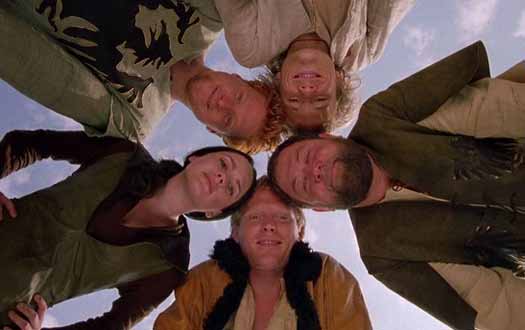This third article in the box I was about to trash was also written by someone I knew, Robert McQuie. It was a five-page article published in Army magazine in November 1987 (pages 30-34) called “Battle Outcomes: Casualty Rates As a Measure of Defeat.” I was an article I was aware of, but had not seen for probably around three decades. It was based upon data assembled by HERO (Trevor Dupuy). It was part of the lead-in to the Breakpoints Project that we later did.
The by-line of the article is “A study of data from mid-twentieth century warfare suggest that casualties–whether the reality or the perception of them—are only occasionally a factor in command decisions to break off unsuccessful battles.”
The analysis was based upon 80 engagements from 1941-1982. Of those 52 were used to create the table below (from page 34):
Reasons for a Force Abandoning An Attack or Defense:
Maneuver by Enemy…………………………..Percent
Envelopment, encirclement, penetration……..33
Adjacent friendly unit withdrew………………..13
Enemy occupied key terrain…………………….6
Enemy achieved surprise……………………….8
Enemy reinforced………………………………..4
Total………………………………………………64
Firepower by Enemy
Casualty or equipment losses……………………10
Heavy artillery or air attacks by enemy…………..2
Total…………………………………………………12
Other Reasons
No reserves left……………………………………….12
Supply shortage………………………………………..2
Truce or surrender…………………………………….6
Change in weather…………………………………….2
Orders to withdraw…………………………………….2
Total…………………………………………………….24
He then goes on in the article to question the utility of Lanchester equations, ending with the statement “It appears as well that Mr. Lanchester’s equations present a drastic misstatement of what drives the outcome of combat.” He also points out that many wargames and simulations terminate simulated battles at 15% to 30% casualties a day, ending with the statement that “The evidence indicated that in most cases, a force has quit when its casualties reached less than ten percent per battle. In most battles, moreover, defeat has not been caused by casualties.”
Robert McQuie was a senior operations research analyst for U.S. Army’s CAA (Concepts Analysis Agency). In 1987 I was working at HERO and considering heading back to school to get a graduate degree in Operations Research (OR). At Trevor Dupuy’s recommendation, I discussed it with Robert McQuie, who stated strongly not to do so because it was a “waste of time.” His argument was that while Operations Research was good at answering questions where the results could be optimized, it was incapable of answering the bigger questions. He basically felt the discipline had reached a dead end.
Anyhow, another keeper.





